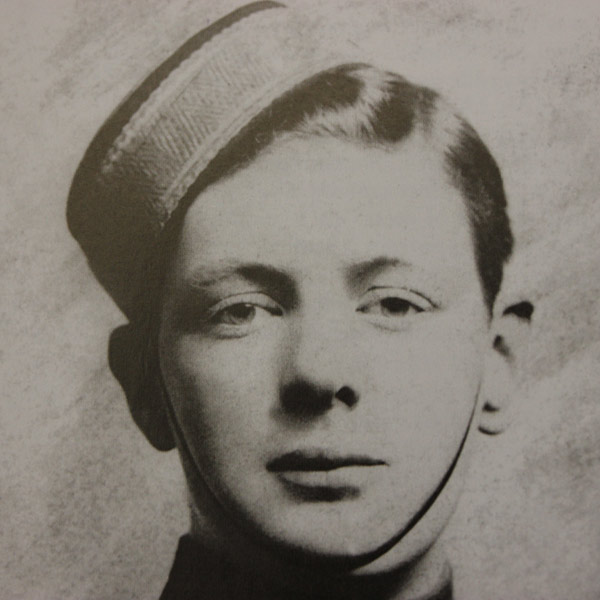The Gentry Man
The civilized guide to mid-century manliness
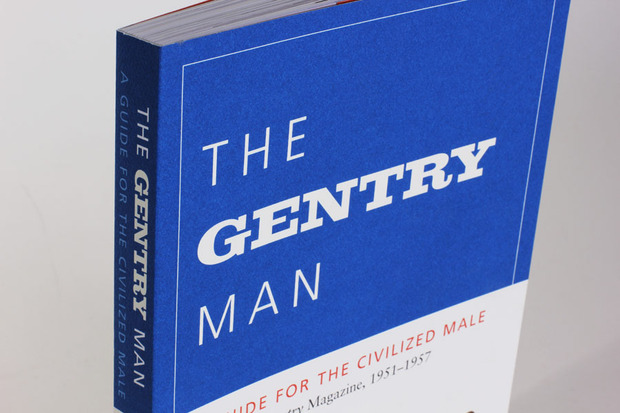
Compiled from the 22 issues and six years that constituted the life of “Gentry” magazine, “The Gentry Man” aims to highlight the best of the culturally impactful magazine’s lifespan. The collection is billed as “A Guide for the Civilized Male”, much of its content applicable to men then and now. Moreover, the book is a snapshot of mid-century manliness, showing the perceived ideals of a generation of post-war men searching for guidance in peacetime. Uniting the content is Gentry’s phenomenally creative layout, which changes vastly with from page to page.
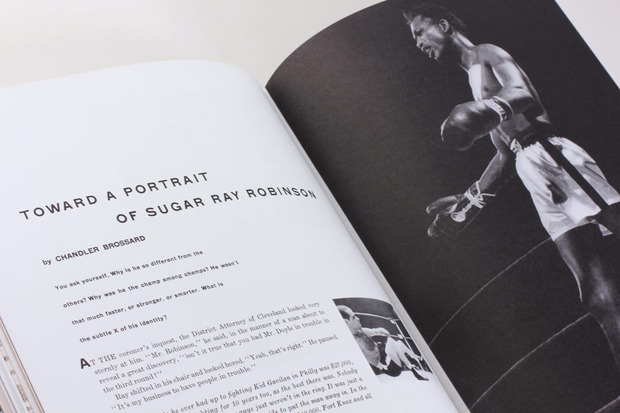
The basis for Gentry’s invented persona can be attributed to William Segal, the self-made millionaire who started the publication in 1951. Building off of his success in industry publications “American Fabrics” and “Men’s Reporter”, Segal began Gentry for a very specific kind of man.
Editor Hal Rubenstein describes “The Gentry Man” in the book’s intro: “On the weekends, playing host at his spruced-up to the manor born country house, he’d sport tea dust-colored (that’s green, by the way) Japanese linen Bermuda shorts, mix a shakerful of cocktails with his secret ingredient (applejack), whip up a beef goulash, and regale guests about driving the family up for a stay at the stately and still-popular Otesaga Hotel in Cooperstown, New York, in his sleek new 1953 Ford Sunliner convertible. He openly lusted for a painting by Paul Klee, had unapologetic fantasies about bull-fighting, confessed to yearning to learn more about Eastern philosophy—especially after reading an excerpt of Hesse’s Siddhartha.”
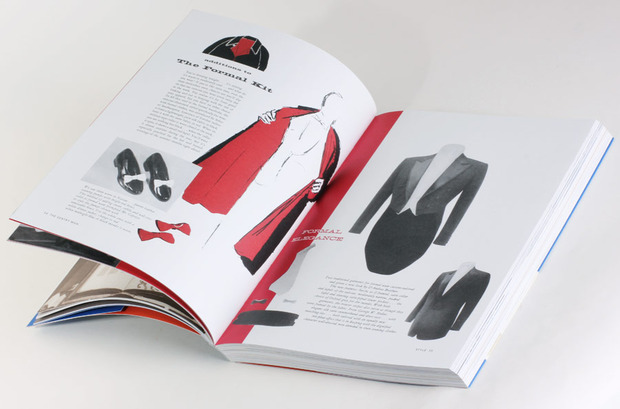
The fashion advocated in the publication has everything to do with “intelligently executed affluence.” Bold sartorial choices are categorized under “new approaches”, which introduce changing tastes and looks for social circumstances from resort beaches to formal engagements. Advice focuses on cut and appearance as much as it does on patterns and textiles, which were enjoying a rare revolution at the time. Among the stranger spreads is one dedicated entirely to straw hats, which were popularized by beach-bound gents of the era.
Tidbits from the book range from instructions on cooking particular cuts of meat, a guide to spirits of the world and how to achieve checkmate in seven moves. Mixologists can appreciate some of the vintage drinks, from the aggressive “The Exterminator” to the daintier “Buckingham” and “Champagne Fraisette Savoy Plaza” cocktails. An “Alphabet of Uncommon Sense” doles out advice compiled from aphorisms by Oscar Wilde while a simple list of “Do’s and Dont’s” keeps you from committing social faux pas.
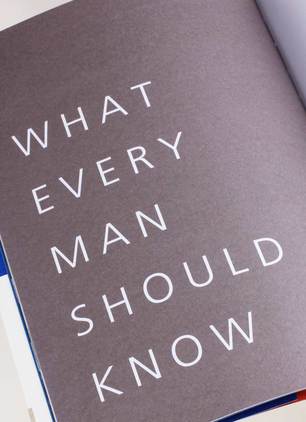
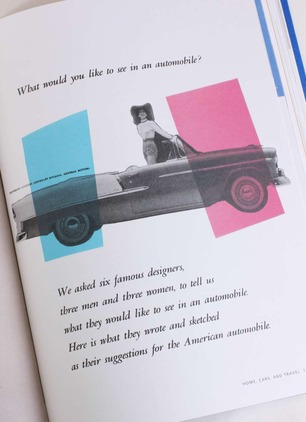
Seen as a historical document, the magazine lends insight into the aspirations of the age. One article asks six designers to envision their car of the future. Many of the proposals have been realized today—including combination and key-less locks, rubberized interiors for washing and adjustable seats—while others have not: the ambitious designer Howard Ketcham adamantly called for a nuclear sports car.
While aspects of “The Gentry Man” will come off as stodgy to a contemporary audience, the magazine was meant to be a “thoroughly subversive manifesto.” Men of adventure and self-improvement were the intended audience, and Gentry counted presidents and diplomats among its dedicated readers.
The Gentry Man is available from Harper Design through Amazon. Find more images of the book in our slideshow .










